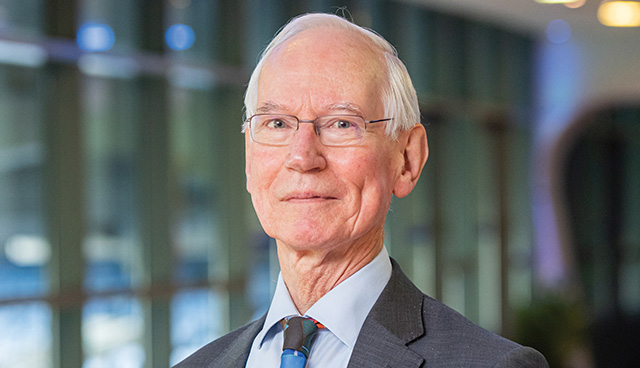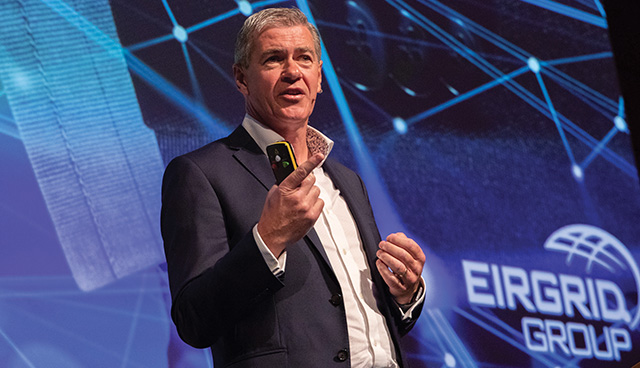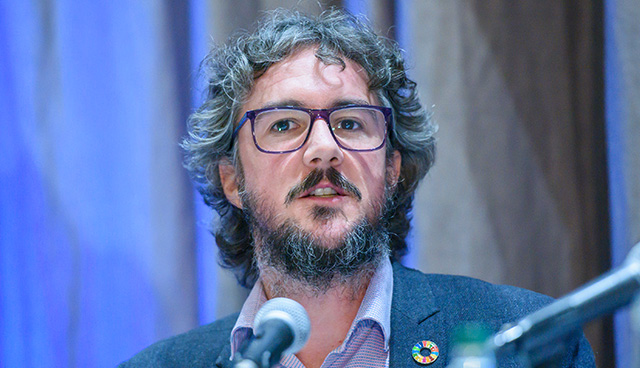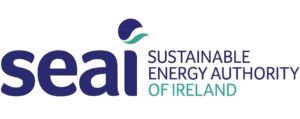
Supporting renewable electricity generation
25th November 2019
It’s a revolution, not an evolution
25th November 2019Building momentum on decarbonising heat in Ireland

Acting to reduce greenhouse gas emissions is making its way to the top of the political agenda. The Irish citizens involved in the Assembly on How the State Can Make Ireland a Leader in Tackling Climate Change1 made some clear recommendations, writes Jim Scheer, Head of Policy Insights and Design, SEAI.
Among the most ambitious recommendations is for the Irish state to take a lead role in addressing climate change through mitigation measures. We have already made significant progress in decarbonising our electricity grid, but future progress will rely on tackling the significant challenges in decarbonising the heat and transport sectors also. The Government’s recent Climate Action Plan to Tackle Climate Breakdown2 charts the next steps.
As we plot our path for Ireland to reduce carbon emissions from heating, policy design needs to grapple with some complex issues. Our relatively cold and damp building stock does not measure up well against European norms nor our own new buildings for comfort and emissions. We rely on imported oil and gas — often supplemented with coal and peat burning in fireplaces and stoves — to heat them. Improvements are possible. Many are straight forward, and government grants3 are available to help the cost of making these improvements.
While some suggest that the mass deployment of a certain single technology or fuel will solve all problems, the reality paints a much more nuanced picture. There are many options. Some we can confidently take on with a low risk of future regret while others have more uncertainty. So, what is the best way to reduce carbon emissions from the heat sector?
How do consumers make decisions about energy?
At SEAI we have a unique position at the coalface of the energy transition. We deal with thousands of households and businesses that make energy related decisions every year. We have asked our customers about their energy upgrade journey and we also asked those that have not invested about theirs. The resulting survey information and scheme data is representative of the decision-making approach Irish households and businesses take and is a rare example of this type of information internationally. The findings provide some key guides for the policy pathways ahead. The most important finding is that getting consumers to take up any option in large numbers will take time. Why? Because only a small proportion of consumers can and will (without being mandated) avail of a low-carbon option in any given year.
The relative cost of the energy upgrade options is only a consideration for consumers who are aware, motivated to act and have the budget available. Even for motivated, aware and capable consumers, the payback will only make sense for some. Consumers tend to invest in a new heating source only when the existing one starts to break down. Or invest in windows or insulation when major building works are happening. This implies that even with generous supports, a significant proportion will not invest in low carbon options unless other policy levers are put in place.
How can policy help?
• Understanding of consumer needs can inform policy interventions to improve the annual uptake;
• Consumer awareness and motivation can improve though policy initiatives like information campaigns;
• Regulation may also be appropriate — something to prompt landlords to consider the options;
• Financial incentives like low interest loans will help overcome budget issues; and
• Grants and other supports help with the upfront costs of more sustainable options.
Still, there is a very important limit to how fast fiscal policy alone can take effect. Also, it is by and large the same people who will be asked to buy the electric cars, upgrade their homes and install heat pumps and there is only so much motivation. So, what are the main options available now?
SEAI has studied the sector in detail, including examinations of the transitions followed by other comparable nations. Several options are available that work in all future energy systems:
• Before considering how we supply heat for our homes, businesses and for industrial processes we need to act to use less. Study after study has proven energy efficiency to be the cheapest way to take carbon out of the system.
• For businesses that use oil to meet high, year-round heat demand, biomass fuel is a low-cost option. Biomass boilers at these sites are a very cheap form of renewable energy. Heat pumps in well insulated buildings can also help. The Support Scheme for Renewable Heat is now supporting these upgrades.4
• Heat pumps in suitable off grid situations: Around 300,000 homes currently on oil are already (with no upgrade) suitable for heat pumps (based on SEAI analysis of BER data). More become suitable as the quality of our buildings improves but the capacity of the existing electricity grid places limitations on deployment.
• Smart grids: Information provided to consumers through smart metering can enhance the flexibility of the entire system and maximise the use of existing infrastructure.
• District heating infrastructure can have a large impact and cost effectively make use of heat that is currently wasted, particularly in areas of concentrated heat demand. Right now, power stations and data centres produce large amounts of waste heat suitable for heat networks. A key strength of heat networks is that they are not tied to any one fuel source and could use waste heat, renewable electricity or gas as energy sources in the future. Despite the strong economic case in some locations, the option is not championed in the same way as the electricity or gas heating options.
• Renewable gas injected into the gas grid performs the same as fossil gas, so consumers can use their existing boilers and do not need to make a decision. The use of food waste stands out as environmentally and cost beneficial option, but the quantities are limited and may be a better option in the transport sector. The agri-based biogas industry in Ireland is still young and both supply chain innovation and significant cost reductions are needed to deliver a real impact and ensure real greenhouse gas savings.
Further action: Molecules or Electrons?
Energy investments are often characterised by high upfront costs that are paid back over very long-time horizons. In the case of grid infrastructure this can be 50 years or more. Long term, the main choices boil down to a reliance on molecules or electrons. An energy system reliant on molecules will see a large role for liquid biofuels and gas, with the existing gas grid used to transport hydrogen produced from wind and solar.
A system reliant on low-carbon electricity transported directly to end-use consumers sees a large role for wind and solar powered electricity grids to transport electrical energy to heat pumps and electric vehicles. This system would likely also require some hydrogen to provide for long term storage for times of low wind and solar availability but overall a much-reduced role for gas. These are largely competing options and will require some big decisions in the face of uncertainty. But some no regrets options exist under both futures.
A 2050 vision
The Government has stated its intention to work towards a net-zero carbon position by 2050. The pace at which we achieve that is critically important, given the cumulative nature of emissions in the atmosphere. If we delay, we will certainly need to pursue more expensive options like carbon capture and storage and negative emissions technologies well before 2050 — options that have significant viability questions. What’s clear is that delivering broad scale energy efficiency and no-regrets renewable heat options at a very significant pace are crucial pieces of the puzzle.
Importantly, in addition to scaling up delivery of sustainable energy solutions, we need to answer the call of the Citizens Assembly and lead the way in demonstrating what’s possible to the global community. Solving our emissions problems at home will open up a world of opportunity beyond Ireland for our solutions in other places – and give us a chance of providing a safe planet for future generations.
T: 01 808 2100
E: jim.scheer@seai.ie
W: www.seai.ie
2: https://www.dccae.gov.ie/en-ie/climate-action/topics/climate-action-plan/Pages/climate-action.aspx


